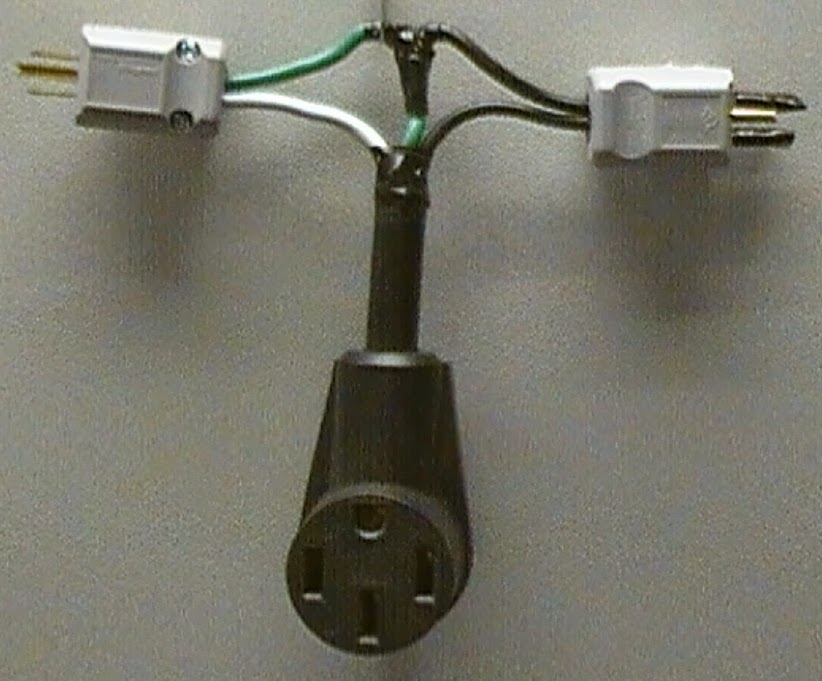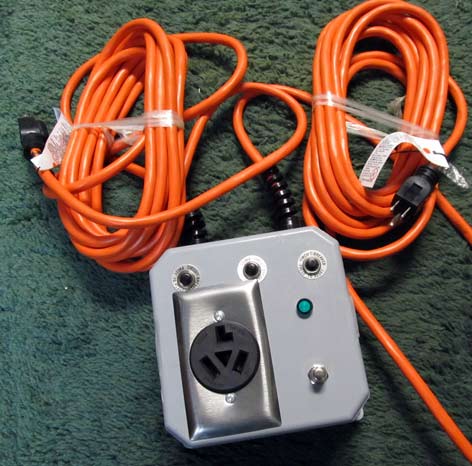hill
Well-known member
it's been collecting dust the past 1½ years ... since QC's finally started showing upeHelmholtz said:hill said:pretty clean ... good job!
(segway) iirc, someone on the thread asked me about hooking up our 240v from 120v sourc boxes on receptacles with gfi's. I'd mentioned spoofing their gfi's with a 120v isolation transformer. I think my wife's uncle wired it up something like this (forgive the primitive drawing skills please) :
Cool! that's very helpful. Do you have a photo of the actual transformer and setup you have?
.

.



